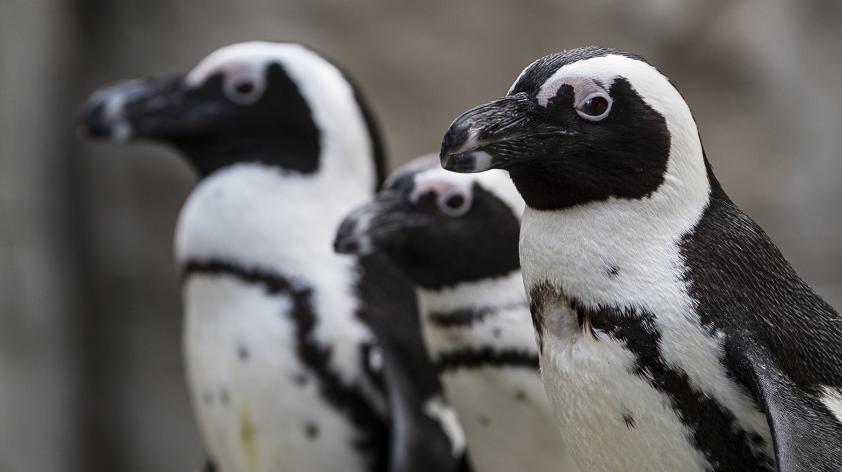
Behind the scenes
A frequent question I get asked is, “Do you work with the animals?” Yes and no.
I am not in direct contact with the animals in our care. I don’t even see them on most days. Sometimes I hear the Safari Park gibbon singing in the early morning or catch a glimpse of animal ambassador Danny the aardvark going on a mid-day stroll with his trainers at the Beckman. But I do not work hands on with any of the animals. At least not on most days. There is an excellent team of animal caretakers that is devoted to providing the best care possible for each individual.
However, in the Molecular Diagnostics Lab we do work closely with animal care staff, clinicians, and pathologists to support collection health management. We receive a wide variety of biological samples such as blood and tissue or even environmental samples for testing. These samples may be from clinically ill animals for diagnostic workup, or from clinically inconspicuous individuals as part of a health screening process.
For example, when animals arrive at the Zoo or Safari Park they may be tested for disease agents of concern before they enter the general population. This is to minimize the risk of transferring infectious agents to animals already living at the Zoo.
Just recently we received samples from penguins. Penguins are particularly susceptible to a parasitic disease called avian malaria – a fatal disease for these birds. It is caused by a protozoan called plasmodium and is transmitted by mosquitoes. Early detection of plasmodium in penguins that are exposed to mosquitoes helps control the disease.













